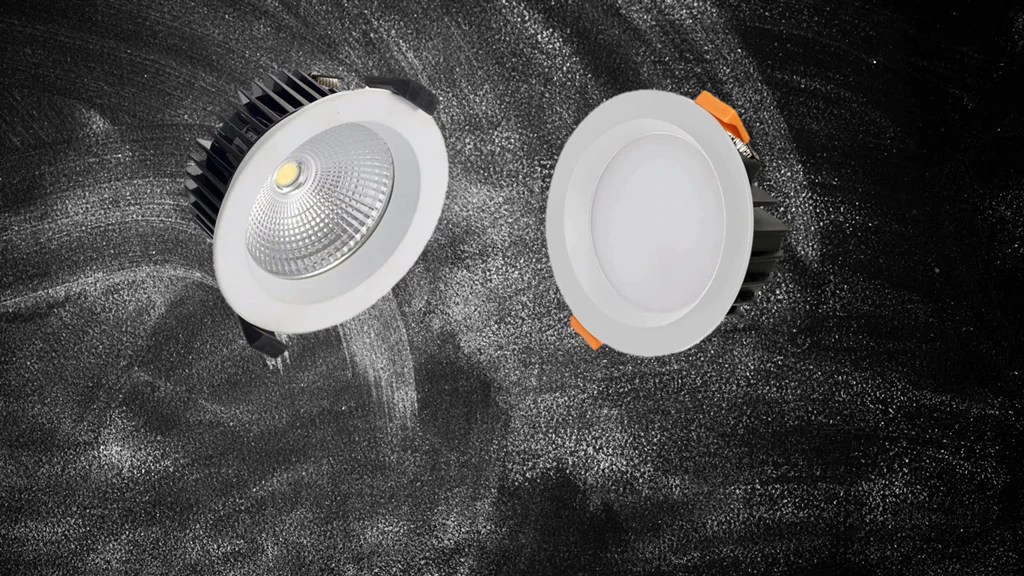
The popularity and application of LED technology have significantly increased over the past few decades. They are eco-friendly, efficient, offer better lighting, and can save you a lot of time due to their long lifespan. Even though they are a bit more expensive, many people decide to make this investment due to the numerous benefits they can enjoy.
Do you know that there are numerous types of LEDs, like COB LED and SMD? Naturally, each of them comes with specific pros and cons. It goes without saying that you should be familiar with these to make a well-informed decision. Because of this, we will introduce you to some of the main differences between these two.
What is SMD?
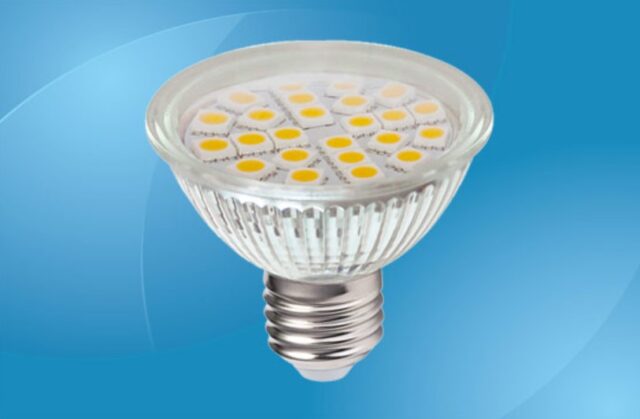
Surface Mounted Device or SMD is the most popular type of LED light on the market. The chip SMD uses is attached to a printed circuit board. Since each chip can have up to 6 contacts is why these are so widely used. It is used in bulbs and strips, and even that tiny light on your smartphone that informs you about notifications is actually the SMD. In addition, since this chip can have three different diodes, you can choose them in different colors and light up the place in a completely new and unique way.
What is COB?
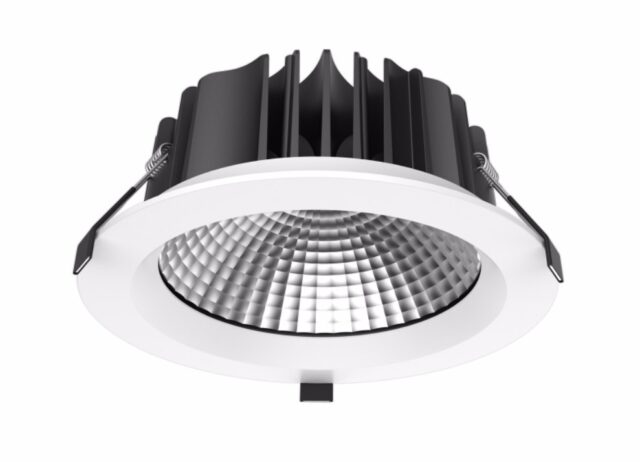
On the other hand, COB LED light or chip onboard LED is the newest development in this technology. Unlike the previous one, COB LED can have nine or more diodes on a single chip. This is the main reason why it is considered to be the future of energy-efficient lighting. It gets its COB LED panel-like design from the fact that it only features one circuit and two contacts, regardless of the number of diodes it includes, and as already said, there can be many of these. This is also the reason why it cannot be used to create color-changing fixtures. The main advantage of this type is that it can produce a lot of light using a minimal amount of energy. It is why it is most commonly used in spotlights, smartphone and camera flashes, and similar applications.
What are the differences?
Now that you have a general idea of what these two are, it is time to discuss some essential differences between them.
Brightness
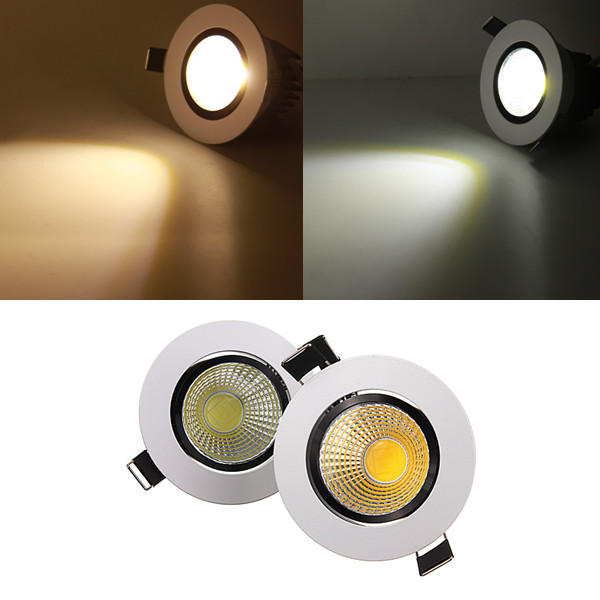
You are probably most curious about this feature, which is why we will discuss it first. The main thing that affects this feature is the power of chips and their lumen output. By now, you know that both of these types provide higher brightness when compared to traditional bulbs, but what happens when we compare the two of them?
SMD can produce between 50 and 100 lumens per watt, while COB LED bulb’s lowest measure is 80 lumens per watt. As you can see, the lowest measure of COB is quite higher than the one produced by SMD, which means that they can offer better brightness.
Energy efficiency
As already mentioned, the main advantage of LED technology is that it is energy-efficient. In a nutshell, it uses less power to produce lights. We have also said that COB one includes more diodes and that it is the latest piece of technology, which is why it takes a win here. However, keep in mind that this feature depends on the lumen measures. The higher these measures are, the more energy-efficient the fixture is.
Quality of light
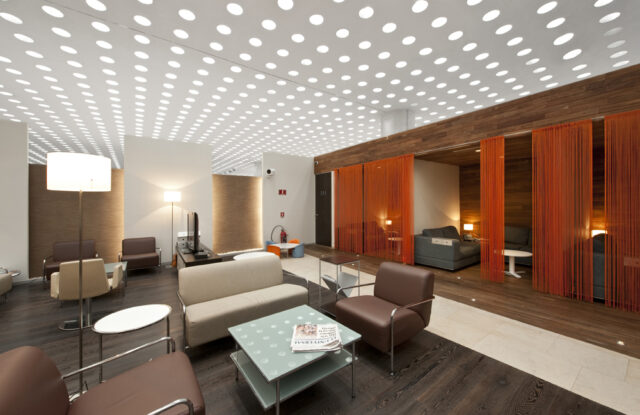
This is another thing that depends on the number of diodes included. We already said that the brightness level is one, and the light quality is the second one. An SMD is mainly used as a point light source because it produces glare, which can be a significant downside depending on the application.
On the other hand, this is not the case with the COB LED strip. It offers a beam of a wide-angle that can easily be modified to meet your requirements. It is considered to be a surface light, which is why it creates a uniform illumination without any glare.
Color temperature
As already stated, one of the main advantages of SMD technology is that it enables you to create different colors and color temperatures. We already said that you could get it with three differently colored diodes, and it is when the possibilities become endless. If you include red, blue, and green, you can get any color by simply adjusting the output.
Nevertheless, this option doesn’t exist if you opt for COB LED. Even though this technology comes with many advantages, this is not one of them. It is designed to produce light in a single color and temperature. However, this can also be observed as a good thing. Why? Well, because of this design, the light it emits is more stable.
The application

It is fairly obvious that these two technologies have different applications since their designs and features differ greatly. We already mentioned several applications of SMD and its popularity in the market, so we won’t discuss that matter further.
On the other hand, COB lights are mostly used by professionals in the photography industry. If you want to get the best photography fixtures, we would have to say that COB is a better choice due to the wide-angle beam it emits. COLBOR provides a category of COB LED light at daylight and bi-color color temperature, which is why you should investigate their work. In addition to this, these are also most commonly used in architecture with complex fixtures to create a more aesthetically appealing effect and environment.
Wrapping up
All in all, these are some of the main differences between these two types of LED light. If you need to decide between them, our advice is to conduct thorough research and learn about their properties. As you can see, they have certain pros and cons, which is why you need to have requirements that must be met. Also, don’t forget to think about its purpose, that is, why you need it and how you will use it. This is essential because sometimes, you might not even have a choice if you want to enjoy all the benefits.







